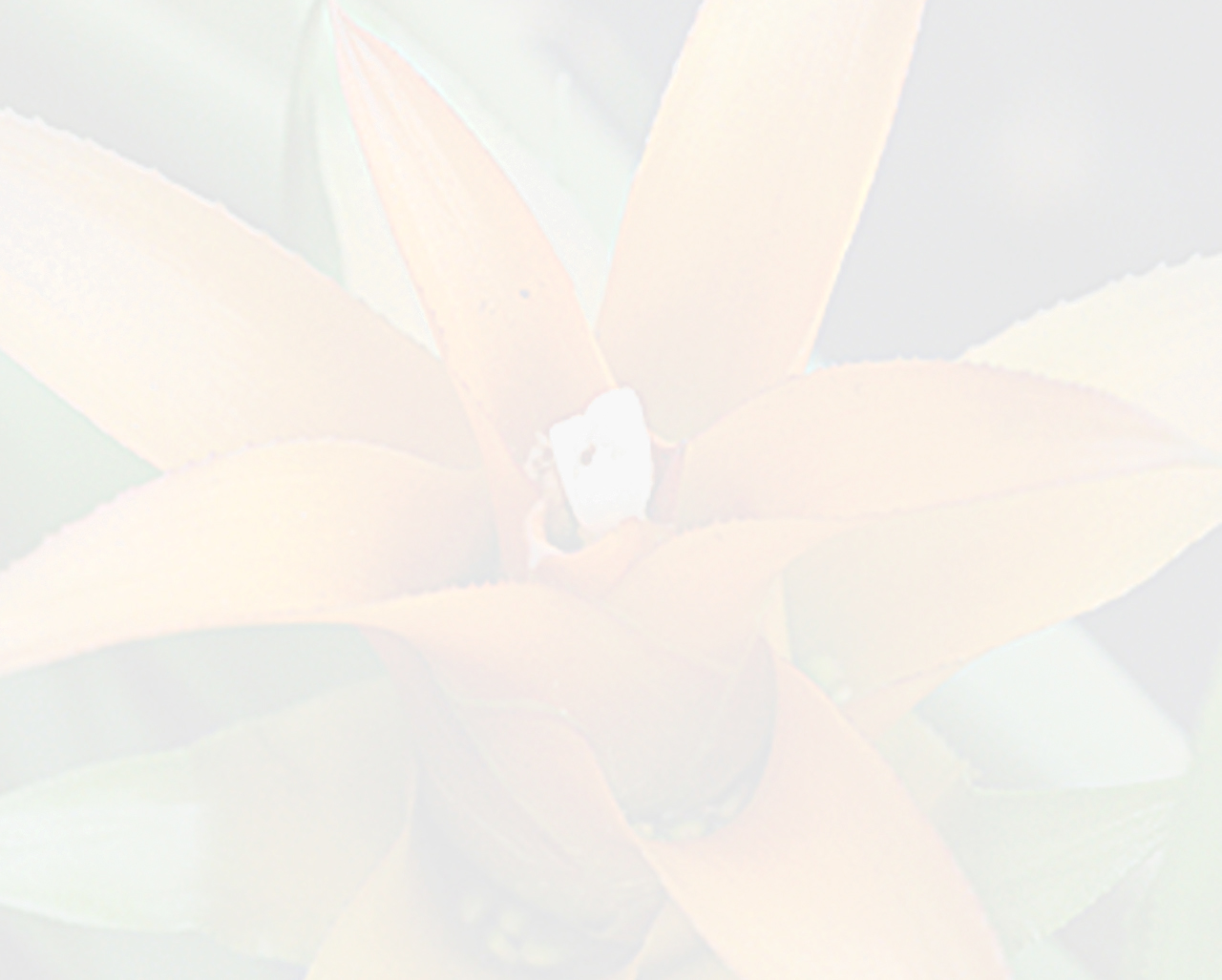
Canistropsis seidelii var. welteri A.Seidel ex Roeth
Taxonomic Change:
- The species is very variable in primary bract color from yellow to red and brown and separate varieties are not recognized (Personal communication with Elton Leme)
Comments:
- Alvim Seidel, Brazil, Corupa / Santa Catarina, discovered in 1960 close to the city Ubatuba / Sao Paulo a Nidularium unknown to him. L.B. Smith and R. Reitz recognized the plant as a new species, and named it in 1963 in honour of the discoverer as Nidularium seidelii and put it in the sub-genus Canistropsis Mez.
Elton M.C. Leme (1998) raised this sub-genus to the rank of genus and arranged in the same year and in the same publication among other species for name changes including Canistropsis seidelii (L.B.Sm. et Reitz) Leme.
The plant grows in boggy conditions in low altitudes, almost at sea level. It develops a considerable funnel shaped rosette with a scape about 30 cm long with notably large, green scape bracts. The similar looking primary bracts are shiny lemon-yellow to pale orange-yellow. In the lower part of the inflorescence, the primary bracts are often greenish at the tip.
On a following trip into the area in 1968, the seminar-teacher for biology, Father Nestor Welter from Corupa / Santa Catarina found a plant which Alvim Seidel described and named a variety after him. Its natural occurrence is like the original type, that automatically gets the name Canistropsis (Nidularium) seidelii var. seidelii, near the city Ubatuba, State of Sao Paulo, in boggy areas at low altitudes, almost at sea-level.. Canistropsis (Nidularium) seidelii var. welteri differs from typical species by being shorter (about to 5 cm long) anyhow wider and through to the top a little longer glabrous scape bracts.
These are not lemonish to bright orange-yellow like the type - but dull coppery reddish brown often green towards the tip. Usually the foliage leaves are green similar to the type. The new variety is named in honour of its discoverer, Father Nestor Welter, as Canistropsis (Nidularium) seidelii var. welteri. A. Seidel, Orquideario Catarinense in Corupa, already had Nidularium seidelii var. welteri in his plant catalogue, where its difference to the typical species is noted. We retain this name here.. —See Die Bromelie

